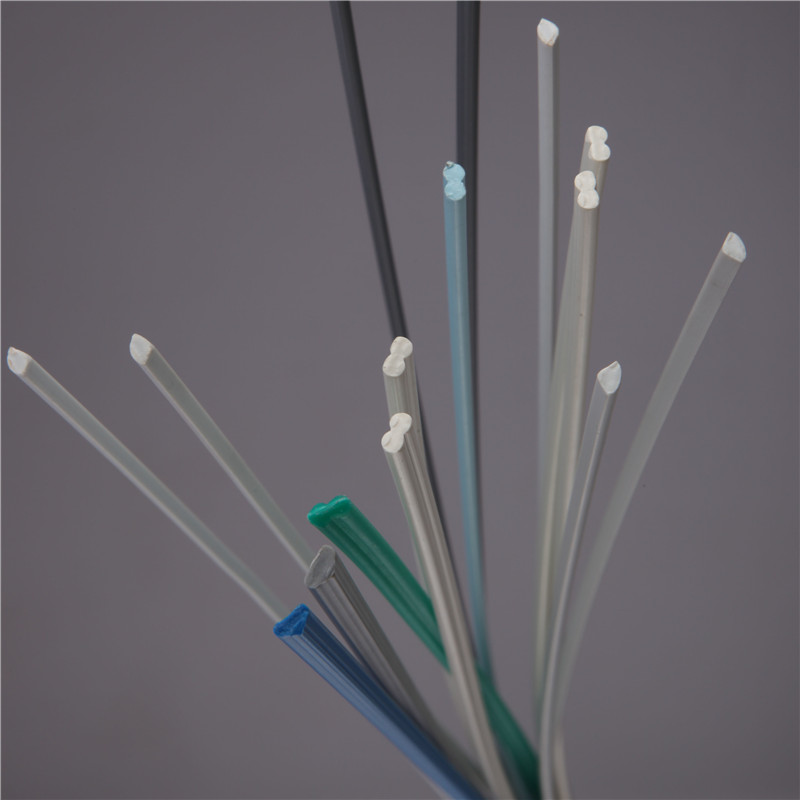Nov . 10, 2024 15:53 Back to list
HDPE Plastic Welding Rods for Strong and Durable Repair Solutions
Understanding HDPE Plastic Welding Rods
High-Density Polyethylene (HDPE) is one of the most widely used thermoplastic materials due to its excellent chemical resistance, durability, and versatility. Its applications range from packaging and containers to automotive parts and construction materials. Given its popularity, the need for effective joining and repair methods for HDPE components has grown significantly. This is where HDPE plastic welding rods come into play, serving as an essential tool in the plastic welding process.
HDPE plastic welding rods are specially formulated sticks made from high-density polyethylene that are used for welding HDPE materials. When heated, these rods melt and fuse with the base HDPE surface, forming a strong and durable bond. This welding method is often preferred because it provides a seamless repair solution that can withstand the same conditions and stresses as the original material.
The Welding Process
The process of welding HDPE using plastic welding rods typically involves several steps. First, the surfaces of the HDPE parts to be joined must be cleaned and prepared. This ensures that dirt, grease, or contaminants do not interfere with the bond. Next, the plastic welding rod is pre-heated using a suitable welding tool, such as a hot air tool or a plastic welding machine. The heat causes the rod to melt, and it is then applied to the joint or damaged area while the base materials are also heated.
The technician must skillfully maneuver the welding rod along the joint, allowing it to melt and flow into the gaps. Once the welding is complete, the joint is allowed to cool and solidify. The result is a strong bond that maintains the chemical properties of HDPE, making it suitable for various applications, including tanks, pipes, and automotive parts.
Applications of HDPE Plastic Welding Rods
hdpe plastic welding rods

HDPE plastic welding rods are used across multiple industries. In the field of construction, they are often utilized in the repair of synthetic membranes and sheets, making them ideal for waterproofing applications. In the automotive industry, these rods can be used to repair fuel tanks, bumpers, and other plastic components that require robust and lasting joints.
In the municipal and agricultural sectors, HDPE welding rods play a critical role in the installation and maintenance of piping systems. Given that HDPE is resistant to corrosion, it is used extensively in water distribution and irrigation systems. Therefore, the ability to repair or customize these systems with welding rods can significantly reduce downtime and maintenance costs.
Advantages of Using HDPE Plastic Welding Rods
One of the key advantages of using HDPE plastic welding rods is the strong bond they create. Unlike mechanical fastening methods that may weaken over time, welded joints can endure the same environmental conditions as the original material. This attribute is crucial for applications where the integrity of the joint directly impacts safety and performance, such as in tanks that hold hazardous materials.
Additionally, the use of HDPE welding rods is a cost-effective solution for both manufacturing and repair processes. Rather than replacing entire components or systems, businesses can opt for welding repairs, hence minimizing waste and reducing costs. This eco-friendly approach aligns with the growing trend of sustainability in manufacturing and construction.
Conclusion
In summary, HDPE plastic welding rods are an invaluable resource in the world of thermoplastic welding. They provide a reliable method for joining HDPE materials, with applications that span various industries. With their ability to create strong and durable bonds, help reduce costs, and promote sustainability, HDPE plastic welding rods will continue to be an essential tool for technicians and manufacturers alike. As industries evolve, the techniques and technologies associated with HDPE plastic welding are likely to advance, further enhancing the performance and application of this versatile material.
-
High-Quality PPR Pipes and Fittings Durable ERA PPR & PVC PPR Solutions
NewsJul.08,2025
-
Black HDPE Cutting Board - Durable, Non-Porous & Food Safe HDPE Plastic Cutting Board
NewsJul.08,2025
-
High-Quality CPVC Panel Durable HDPE & PVC Panels Supplier
NewsJul.08,2025
-
Double PE Welding Rod Supplier - High Strength, Durable & Versatile Welding Solutions
NewsJul.07,2025
-
High-Quality PVC-O Pipe Supplier Durable 75mm PVC Pipe & Connections Leading PVC Pipe Company
NewsJul.07,2025
-
HDPE Drainage Pipe Supplier – Durable & Corrosion-Resistant Solutions
NewsJul.06,2025

